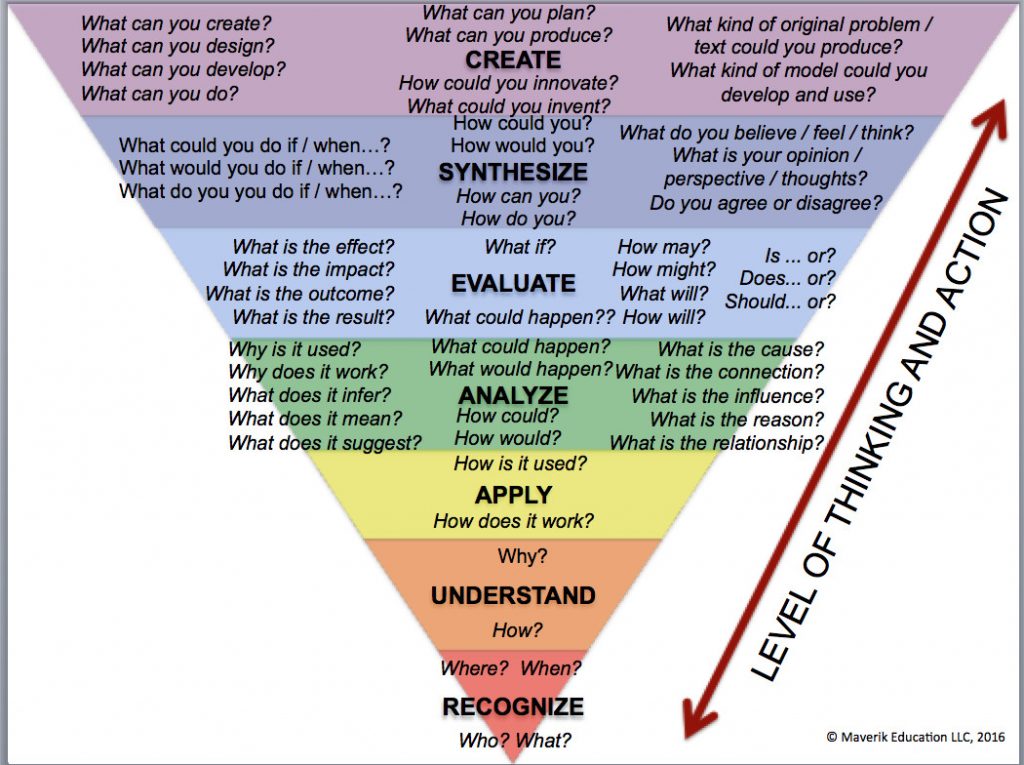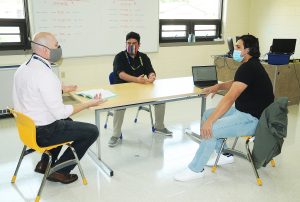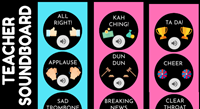| Jordan Ellenberg hates PowerPoint slides. And whiteboards. For him (and for his fellow math professors at the University of Wisconsin-Madison), it’s an old-fashioned blackboard or bust. “It’s part of the folk wisdom of mathematicians,” he told me in a recent interview. “We believe in the blackboard.” When the math department at UW recently renovated its common room, much effort was devoted to finding the right blackboard. (Some professors care about just the right kind of chalk, too, “but I don’t go that far,” says Ellenberg.)
In the classroom, the active use of the blackboard is central to Ellenberg’s teaching method. “When you’re walking around and writing things down on the blackboard, you’re there with the students in a room where math is being created. That’s what you want them to see, what you want to model for them,” he explains. “Whereas if you’re standing there showing them a series of prepped slides, the math has already been done. You don’t want students to think that math is already ‘there.’ You want them to think of it as something that you, and they, make in the moment.”
And whiteboards? “Ugh,” says Ellenberg, with feeling. “The tactile feedback is completely different.”
In his latest book, Shape: The Hidden Geometry of Information, Biology, Strategy, Democracy, and Everything Else, Ellenberg observes that mathematics is inherently embodied. “As abstract as we may try to make it, math is something we do with our body. Geometry most of all,” he writes. Later in the book he notes: “Mathematics is a fundamentally imaginative enterprise, which draws on every cognitive and creative ability we have. When we do geometry we use what our minds and bodies know about the size and shape of things in space.”
For Ellenberg, another way the doing of math is rooted in the body concerns the way he moves when he’s thinking. “I’m a pacer,” he says. “A lot of us mathematicians are. When I’m thinking about a difficult problem, I have to get up and walk in a circle.” This is not the same thing as going for a walk, he emphasizes. “That’s not the right rate for doing math. Walking in a tight circle is much better.”
Ellenberg is also interested in gesture as a means of thinking and communicating about math. It’s a frequent topic of conversation with his UW colleague and Madison-area neighbor, psychologist Martha Alibali, who is one of the world’s leading researchers on gesture and learning.
I write about Alibali’s research in The Extended Mind, which devotes an entire chapter to “thinking with gesture.” If you’re looking for an overview of how gesture can enhance thinking and learning, that chapter is a good place to start.
The study of gesture is an astonishingly rich and ever-evolving field, and one I’ve continued to follow since completing The Extended Mind. In this issue of the “Thinking Outside the Brain” newsletter, I thought I’d share with you a handful of new ideas and insights about gesture that I’m especially excited about.
1. Gesture externalizes our thought processes.
One of the challenges of teaching and learning math is finding ways to move knowledge and skill outside the head, making it visible to others. Just as writing on a blackboard can lead students to feel that math is “happening” before their eyes, seeing and making gestures can turn internal mathematical thinking into an external resource available to others. Here are some ways this can unfold:
A teacher’s gestures externalize her thinking so that students can use it to scaffold their own thinking. Martha Alibali advises teachers to vary their use of gesture, making more gestures during parts of the lesson for which students need greater scaffolding: for example, when introducing new instructional material; when teaching material that is more complex or abstract; and when responding to students’ questions.
A student’s gestures externalize his thinking so that a teacher can use it to become more informed about the state of his understanding. Students’ gestures reveal knowledge that is not found in their speech—and often, this knowledge represents their newest and most advanced thinking on the subject. Teachers who attend to students’ gestures, and who note “mismatches” between what students are saying and what their hands are doing, are better equipped to nudge students toward explicit, verbally-articulable understanding.
A student’s gestures externalize her thinking so that she herself can use it to support and advance her thinking. The movements of our hands call our attention to salient aspects of our own thinking processes; gestures are especially effective at focusing us on spatial information. They also help us “package” ideas and impressions into coherent units of speech.
2. Gesture allows for more sophisticated thinking to emerge.
When students are prohibited from gesturing, their speech is less fluent, their explanations are less accurate, and their problem-solving efforts are less successful. When they’re permitted to use their hands, students can use gesture as a springboard to a more advanced level of cognition.
Gesture reduces our cognitive load, thereby freeing up mental bandwidth for higher-level thinking. Especially in spatially-oriented disciplines like geometry, gesture allows “direct expression of spatial properties, lessening the need for a translation to verbal codes, and therefore alleviating working memory resources,” writes Columbia University psychologist Michael Slepian. These freed-up resources can then be applied to the more complex activities of comprehending and problem-solving.
Gesture allows thinking to progress even when the relevant words are not yet available to the speaker; indeed, gesture can help bring those words into being. Students often know more than they can yet say, especially when specialized or technical vocabulary is involved. Gesture allows them to move their thinking forward in the temporary absence of language; gesture can even help summon up the appropriate words, calling them up from memory and priming them for use.
Gesturing first, and codifying formal understanding second, is an effective way to learn. Traditional education often introduces formal definitions and concepts right off the bat—but it’s more effective to “experience first, signify later,” as UC-Berkeley education professor Dor Abrahamson puts it. And gesture is a form of physical, embodied “experience.”
3. Gestural mimicry is a powerful platform for learning.
People in conversation tend to spontaneously and unconsciously mimic one another’s gestures, allowing them to borrow some of their partner’s knowledge and understanding; such mimicry is, says psychologist David McNeil, “a tool for recovering the workings of another’s mind.” Gestural mimicry can also be employed intentionally, in these ways:
Students can mimic their teacher’s gestures, thereby appropriating their teacher’s more advanced cognitions about math. Some of what teachers know about math shows up in their gestures; by emulating their teacher’s gestures, students can begin to gain access to the teacher’s understanding. As Martha Alibali and her colleagues put it, “actions can induce cognitive states.”
Teachers can mimic students’ gesture back to them, adding more precise mathematical language as they do so. Students can see what their gesture looks like when it’s performed by another person, giving them another opportunity to learn from it; meanwhile, the teacher’s voicing of more accurate and exact language gives students another way to think and talk about what they’re seeing.
Students can mimic (or otherwise respond to) their classmates’ gestures, engaging in what psychologists call “collaborative gesture.” Students may “echo,” or reproduce, a classmate’s gesture. They may respond to a classmate’s gesture with an alternative gesture, demonstrating how their understanding differs from their classmate’s. Or multiple students may “use their hands to formulate one single mathematical object or system,” one that is “built and represented only through their bodies working in conjunction,” writes UW-Madison psychologist Mitchell Nathan and his colleagues.
I’ll leave you with one last point from Martha Alibali. In a chapter written with Mitchell Nathan, she notes that in teacher education, “one finds an overwhelming emphasis on the verbal channel. In our view, there should be a place in teacher education for the consideration of how speech and body-based resources such as gesture can work in concert to implement effective and engaging instruction that promotes deep understanding of fundamental ideas in mathematics.”
Wouldn’t it be cool if teachers were taught how to use gesture to extend their students’ minds? |





